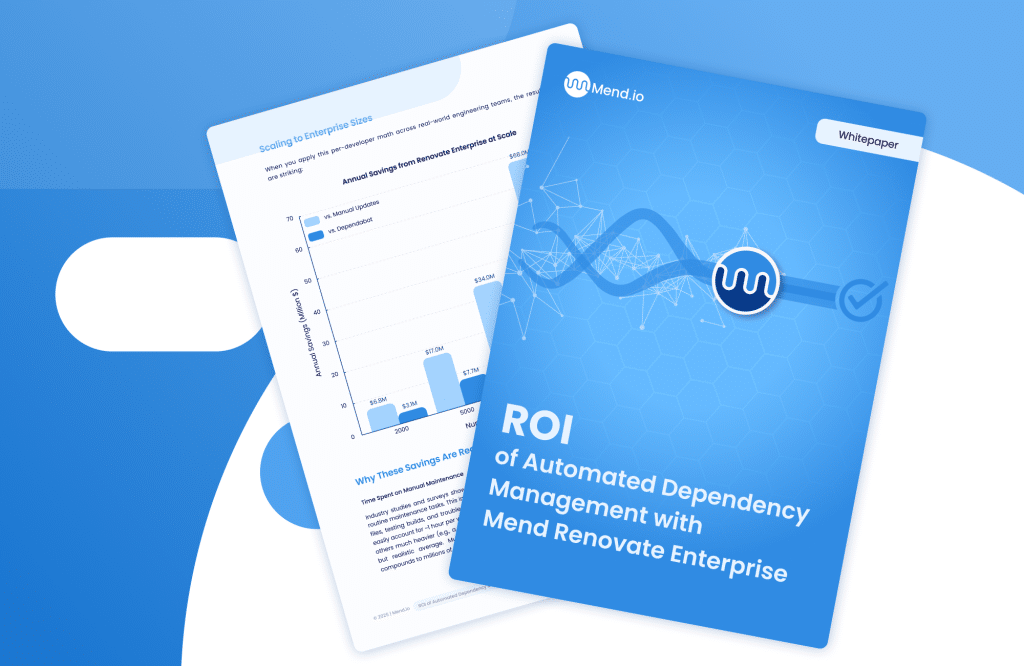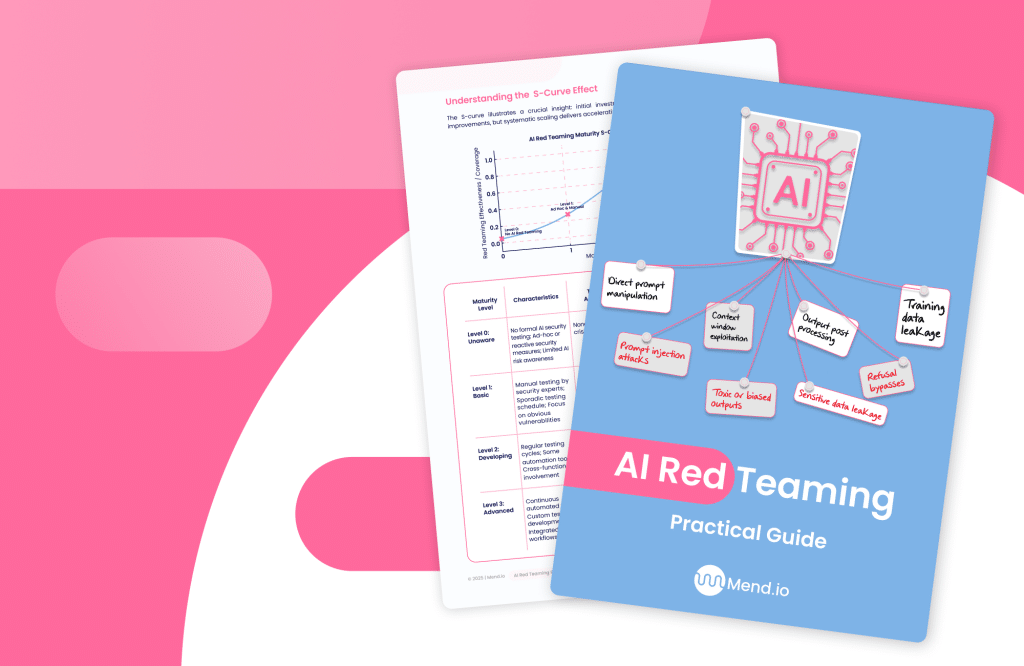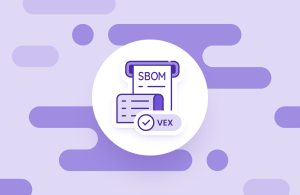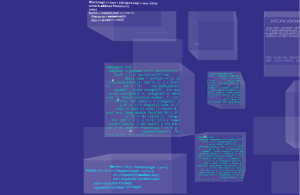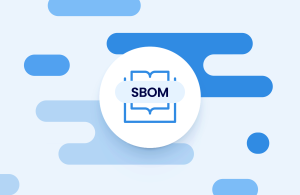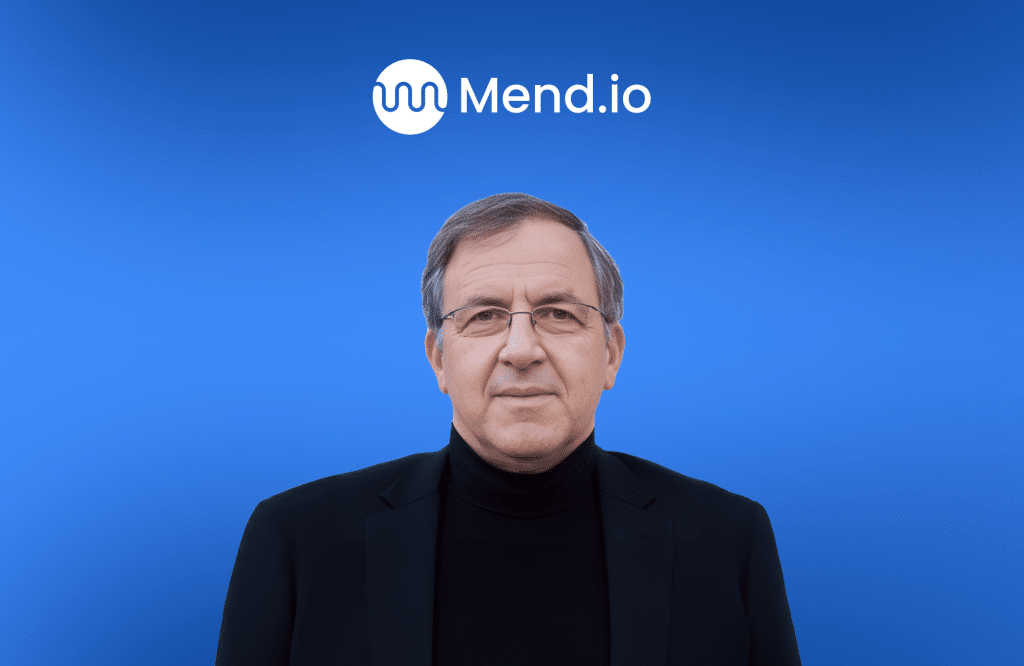Table of contents
The Complete Guide to SBOM Software Bill of Materials
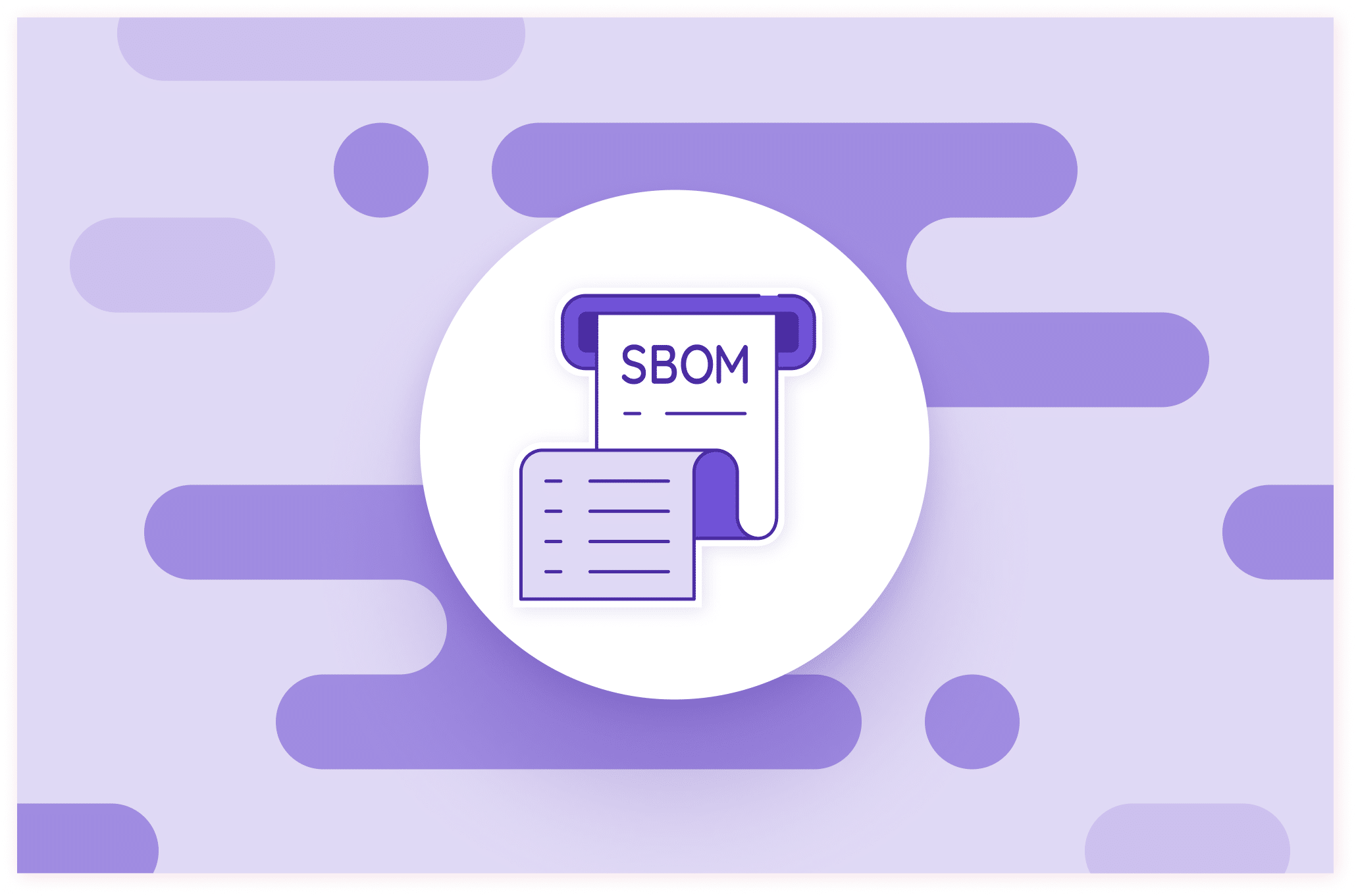
What is a software bill of materials (SBOM)?
A Software Bill of Materials (SBOM) is like an ingredient list for software. It provides a detailed inventory of all the components that make up an application, including open source libraries, proprietary code, packages, and containers. Just as food packaging lists ingredients to protect consumers and ensure safety, SBOMs do the same for software by giving visibility into what is inside.
Modern software is complex and interconnected, often containing hundreds or thousands of components from different sources. Without a clear map of these dependencies, organizations face security risks, compliance gaps, and slower response times when vulnerabilities emerge. SBOMs help solve these challenges by improving transparency across the software supply chain.
This article explains what an SBOM is, why it matters, the key benefits, common formats, use cases, and how to use SBOM tools effectively. We will also look at real-world examples, auditing practices, and how SBOMs are evolving with security frameworks like VEX.
What Is an SBOM
An SBOM, or Software Bill of Materials, is a formal record that identifies all the components in a software product. Each component is listed with details such as name, version, and license. The NTIA defines an SBOM as a nested inventory, allowing organizations to track both direct dependencies and transitive ones.
Think of an SBOM as an exploded-view diagram of your application. It shows exactly what your software relies on, from the obvious libraries to the hidden subcomponents embedded within them.
By documenting what is inside, organizations can better manage security, compliance, and maintenance across the entire software lifecycle.
Why SBOMs Matter Now
SBOMs have existed in concept for years, but they have become a priority due to escalating supply chain threats.
High-profile incidents like SolarWinds and Log4j demonstrated how organizations could be blindsided by vulnerabilities buried deep in third-party components. Without an SBOM, it is nearly impossible to know if your applications are at risk when a new zero-day vulnerability is disclosed.
Governments and regulators are now driving SBOM adoption:
- Executive Order 14028 (US) requires software suppliers to federal agencies to provide SBOMs.
- CISA and the NTIA have published guidance to standardize SBOM practices.
- The FDA requires SBOMs for certain medical device submissions.
- The EU Cyber Resilience Act (CRA) introduces SBOM requirements for software sold in the EU.
This global regulatory momentum means SBOMs are quickly becoming a compliance requirement, not just a best practice. Organizations that fail to adopt SBOMs risk falling behind.
Key Benefits of SBOMs
SBOMs provide a range of benefits across security, compliance, and operations.
1. Security
SBOMs allow organizations to quickly identify whether they are using a component with a known vulnerability. For example, when Log4j was disclosed, companies with SBOMs could immediately check their inventory and prioritize remediation. Without SBOMs, many teams spent weeks trying to determine if they were affected.
See more about this in our guide to SBOM security.
2. Transparency
By revealing the full software composition, SBOMs improve trust between software producers and consumers. Customers increasingly request SBOMs in RFPs to verify what they are buying.
3. Compliance and Licensing
SBOMs help track open source licenses, reducing the risk of legal exposure. For example, they can flag whether a GPL component is used in a way that creates obligations for the software distributor.
4. Operational Efficiency
SBOMs speed up incident response and patch management. When a new zero-day vulnerability is announced, teams can instantly see if their applications include the affected component instead of manually auditing code.
5. Future-Proofing
Integrating SBOMs into CI/CD pipelines ensures that software remains secure and maintainable over time. Continuous SBOM generation means every release is documented and easier to maintain.
For more on the broader value of SBOM adoption, see our overview of SBOM software.
SBOM Standards and Formats
Several formats have emerged for generating SBOMs. The three most common are:
SWID Tags: An ISO standard that uses machine-readable tags.
SPDX: Backed by the Linux Foundation and widely used for license compliance.
CycloneDX: Lightweight and security-focused, popular in DevSecOps environments.
Each format has strengths depending on your use case.
| Format | Best For | Backed By |
|---|---|---|
| SPDX | License compliance and auditing | Linux Foundation |
| CycloneDX | Security and DevSecOps pipelines | OWASP community |
| SWID | Machine-readable asset management | ISO standardization |
For help choosing the right one, check out our guide to SBOM formats.
SBOM Tools and Automation
Manually creating SBOMs does not scale. Automation is the only way to keep pace with modern development cycles.
Modern SBOM tools can:
- Automatically scan code, containers, and packages
- Generate SBOMs in multiple formats
- Continuously monitor for vulnerabilities and license risks
- Integrate with CI/CD pipelines for real-time coverage
Platforms like Mend extend this further by integrating SBOM generation with software composition analysis, creating always-current inventories and enabling SBOM audit across development pipelines.
Real-World SBOM Use Cases
SBOMs are more than compliance checkboxes. Here are examples of how organizations apply them in practice:
- Government suppliers use SBOMs to meet Executive Order 14028 requirements and maintain eligibility for federal contracts.
- Healthcare organizations apply SBOMs to medical devices so they can quickly address vulnerabilities that impact patient safety.
- Enterprises use SBOMs to triage zero-day events like Log4j, reducing incident response from weeks to hours.
- Procurement teams request SBOMs from vendors to increase trust and reduce risk before purchase.
These examples show why SBOM adoption is accelerating across industries.
SBOM Examples in Practice
SBOMs are typically JSON or XML files that list each component, version, and license. For a closer look, see our collection of SBOM examples that demonstrate what these files look like in SPDX and CycloneDX formats.
SBOM and VEX: Prioritizing What Matters
One common challenge with SBOMs is separating real risks from noise. When thousands of components are listed, it can be difficult to prioritize which vulnerabilities are exploitable.
VEX, or Vulnerability Exploitability eXchange, addresses this by providing context. Instead of flagging every potential vulnerability, VEX highlights which ones are actually exploitable in your environment. This helps teams focus their remediation efforts more effectively.
Learn more in our article on VEX for SBOMs.
SBOM Auditing and Maintenance
An SBOM is not a one-time document. To remain effective, it must be updated as software changes. Best practices include:
- Regenerating SBOMs with every release
- Auditing for outdated or vulnerable components
- Integrating SBOM checks into build pipelines
Static SBOMs lose value quickly. Continuous auditing ensures they remain accurate and actionable. Our guide to SBOM auditing covers the steps in detail.
The Future of SBOMs
SBOMs are here to stay, but they will continue to evolve. Expect to see:
- Wider regulatory adoption across industries and geographies
- Better interoperability between SBOM formats and tools
- Integration with AI to predict risks and attack paths
- Increased use of SBOMs in procurement and vendor management
As the software ecosystem becomes more complex, SBOMs will remain a foundational tool for software supply chain security.
Key Takeaways
- An SBOM (Software Bill of Materials) is an ingredient list for software
- SBOMs are critical for security, compliance, and transparency
- Global regulations are making SBOMs mandatory
- Multiple formats exist including SPDX, CycloneDX, and SWID
- Automation, auditing, and tools are essential for effective use
Frequently Asked Questions About SBOMs
What is an SBOM?
An SBOM, or Software Bill of Materials, is a detailed inventory that lists all the components that make up a software application. It includes open source libraries, proprietary code, containers, and dependencies, helping organizations understand exactly what is inside their software.
Why is an SBOM important?
An SBOM is important because it improves visibility into the software supply chain. It helps teams identify vulnerabilities quickly, manage open source licenses, and comply with regulations. SBOMs are also becoming mandatory under government cybersecurity rules.
Who needs an SBOM?
Any organization that builds, buys, or distributes software benefits from using an SBOM. Developers, security teams, compliance officers, and software buyers all use SBOMs to verify security, reduce risk, and improve transparency.
What are the main SBOM formats?
The most common SBOM formats are SPDX, CycloneDX, and SWID. SPDX is often used for license compliance, CycloneDX is security-focused and common in DevSecOps pipelines, and SWID is an ISO standard that uses machine-readable tags.
How do you create an SBOM?
You can generate an SBOM manually, but most teams use automation. SBOM tools scan your code and dependencies to automatically generate accurate SBOMs in standard formats.
How often should an SBOM be updated?
An SBOM should be updated whenever your software changes. Best practice is to regenerate SBOMs with every build or release so they always reflect the current state of your application.
What is the relationship between SBOM and VEX?
VEX, or Vulnerability Exploitability eXchange, is a way to prioritize vulnerabilities found in an SBOM. It provides context on whether a vulnerability is actually exploitable in your environment, helping teams focus on what really matters.
